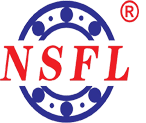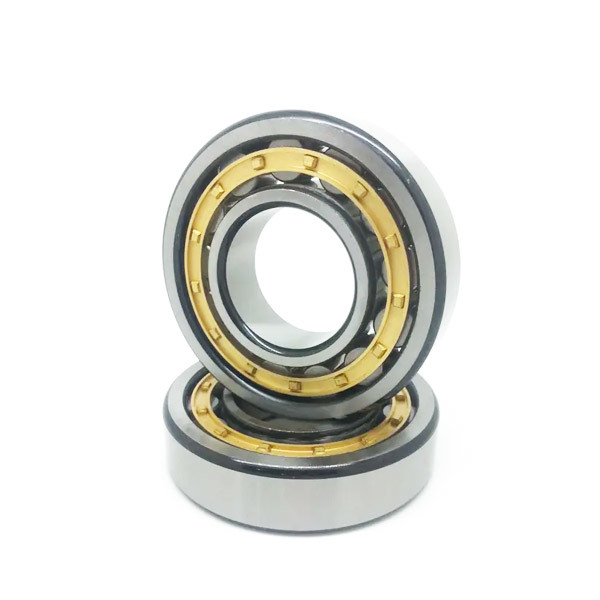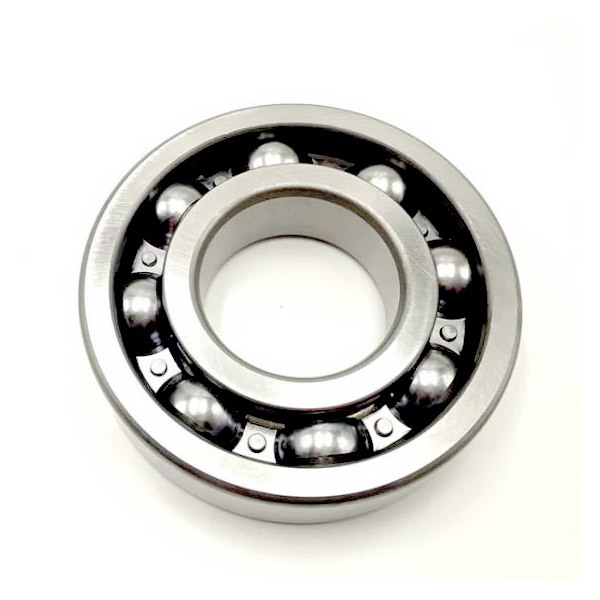09
2025
-
07
Why Choose Linear Bearings for Enhanced Machinery Performance?
Why Choose Linear Bearings for Enhanced Machinery Performance? Understanding Linear Bearings: A Brief Overview Linear bearings are specialized components designed to provide smooth, low-friction movement along a linear path. Unlike traditional bearings, which may rely on rotational motion, linear bearings facilitate linear motion in machinery and equipment, making them essential in various industr
Why Choose Linear Bearings for Enhanced Machinery Performance?
Understanding Linear Bearings: A Brief Overview
Linear bearings are specialized components designed to provide smooth, low-friction movement along a linear path. Unlike traditional bearings, which may rely on rotational motion, linear bearings facilitate linear motion in machinery and equipment, making them essential in various industrial applications. Their design typically incorporates precision ground rods and rolling elements, allowing for high levels of accuracy and efficiency.
The Importance of Linear Motion in Machinery
In many industrial settings, the ability to achieve precise linear motion is crucial for functionality and productivity. Linear bearings enable machines to operate smoothly, reducing wear and tear on components and increasing their lifespan. This optimized movement translates into improved operational efficiency, less downtime, and ultimately, higher profitability.
Benefits of Linear Bearings in Industrial Applications
1. Enhanced Precision and Accuracy
Linear bearings are renowned for their capability to deliver exceptional precision. This high level of accuracy is vital in applications such as CNC machining, robotic arms, and automated assembly lines. With minimal play or backlash, linear bearings ensure that even the most intricate tasks can be performed with exactness.
2. Reduced Friction and Wear
One of the standout features of linear bearings is their ability to significantly reduce friction. This reduction not only translates to smoother operation but also minimizes wear on both the bearings and the machinery components. Over time, this leads to less frequent maintenance and replacement, resulting in lower operational costs.
3. Increased Load Capacity
Linear bearings are designed to handle substantial loads without compromising performance. This enhanced load capacity makes them ideal for heavy-duty applications, such as material handling systems and industrial machinery. By distributing weight evenly, linear bearings prevent localized stress, extending the service life of both the bearings and the equipment.
4. Versatility in Application
Linear bearings find diverse applications across various industries, including manufacturing, automotive, aerospace, and medical equipment. Their modular design allows for easy integration into different systems, making them a versatile choice for engineers and manufacturers.
Key Applications of Linear Bearings
- **CNC Machines**: Linear bearings facilitate precise movement of cutting tools, ensuring accuracy in machining processes.
- **Robotics**: In robotic applications, linear bearings provide the necessary precision and reliability for motion systems.
- **3D Printers**: These bearings enable smooth and accurate movement of the print head and build platform, enhancing print quality.
- **Conveyor Systems**: Linear bearings help achieve seamless movement of materials and products along conveyor belts, improving efficiency.
Types of Linear Bearings and Their Unique Features
Linear bearings come in several types, each designed to meet specific requirements. Understanding these types can help in selecting the right bearing for your application.
1. Ball Linear Bearings
Ball linear bearings utilize ball elements to facilitate movement along a shaft. They provide minimal friction and are well-suited for high-speed applications. Their design allows for easy installation and maintenance.
2. Roller Linear Bearings
Roller linear bearings use cylindrical rollers instead of balls, offering higher load capacities. They are ideal for heavy-duty applications where durability and stability are paramount.
3. Plain Linear Bearings
Plain linear bearings operate without rolling elements, relying instead on a sliding motion. They are commonly used in applications where high loads are present but speed is less critical.
4. Magnetic Linear Bearings
Magnetic linear bearings utilize magnetic levitation to eliminate friction entirely. This technology is particularly beneficial in high-speed applications where reducing wear and energy consumption is essential.
Choosing the Right Linear Bearing for Your Needs
When selecting linear bearings, several factors should be considered to ensure optimal performance in your specific application.
1. Load Requirements
Understanding the load requirements of your machinery is crucial. Each type of linear bearing has a specified load capacity, and choosing a bearing that meets or exceeds these requirements will ensure reliability and longevity.
2. Speed and Motion Type
Consider the speed at which your equipment operates and the type of motion required. For high-speed applications, ball linear bearings are often preferred, while roller bearings may be better suited for slower, high-load scenarios.
3. Environmental Conditions
The environment in which the bearings will operate can significantly affect their performance. Factors such as temperature, humidity, and exposure to contaminants must be considered when selecting materials and coatings for your linear bearings.
4. Maintenance Considerations
Different types of linear bearings come with varying maintenance requirements. Some may require regular lubrication, while others are designed to be maintenance-free. Assess your maintenance capabilities and preferences when choosing a bearing.
Common Challenges with Linear Bearings and How to Address Them
1. Misalignment Issues
Misalignment can lead to premature wear and failure of linear bearings. To mitigate this, ensure proper installation and alignment during setup. Regular checks can help identify and correct misalignment before it becomes problematic.
2. Contamination
Contaminants such as dust, dirt, and moisture can hinder the performance of linear bearings. Implementing effective sealing solutions and regular cleaning regimens can help protect the bearings and maintain their functionality.
3. Overloading
Exceeding the load capacity of linear bearings can result in failure. It is essential to choose bearings that are appropriately rated for the expected loads and to monitor usage to prevent overloading.
Maintenance Tips for Longevity of Linear Bearings
Proper maintenance is critical to ensuring the longevity and performance of linear bearings. Here are some tips to keep them in optimal condition.
1. Regular Inspection
Conducting routine inspections can help identify signs of wear, misalignment, or contamination. Early detection of issues allows for timely intervention, preventing bigger problems down the line.
2. Lubrication Practices
For bearings that require lubrication, choosing the right type of lubricant is essential. Follow manufacturer recommendations for lubrication intervals and methods to ensure optimal performance.
3. Clean Environment
Keeping the operating environment clean can significantly reduce the risk of contamination. Implementing dust control measures and using protective covers can help extend the life of linear bearings.
Conclusion
In summary, choosing linear bearings for your machinery can lead to enhanced performance, precision, and reliability. Their ability to reduce friction and improve load capacity makes them indispensable in various industrial applications. By understanding the benefits, types, and maintenance needs of linear bearings, you can make informed decisions that will enhance your machinery's performance and longevity.
FAQs
1. What are the main advantages of using linear bearings?
Linear bearings provide enhanced precision, reduced friction, increased load capacity, and versatility in various applications, making them an excellent choice for machinery performance.
2. How do I know if I need linear bearings?
If your application involves linear motion and requires high precision, smooth operation, and the ability to handle loads, linear bearings may be the ideal solution.
3. Can linear bearings be used in harsh environments?
Yes, linear bearings can be designed for harsh environments. It’s important to choose bearings with appropriate materials and sealing options to protect against contaminants and extreme conditions.
4. How often should linear bearings be maintained?
Maintenance frequency depends on the type of linear bearing and operating conditions. Regular inspections and adhering to lubrication schedules are key for longevity.
5. What is the difference between ball and roller linear bearings?
Ball linear bearings utilize balls for motion and are suitable for high-speed applications, while roller linear bearings use cylindrical rollers for higher load capacities and stability.
RELATED BLOGS
10% DISCOUNT FOR NEW CUSTOMERS

WhatsApp:+8613211157555
Tel: +8613211157555
Address:Room 1106, 11th Floor, No. 23, Fengshan West Road, Jinbang Community, Daliang Street, Shunde District, Foshan City, Guangdong Province
Copyright 2025 Schaeffler (Guangdong) Transmission Technology Co., Ltd. SEO Business license




